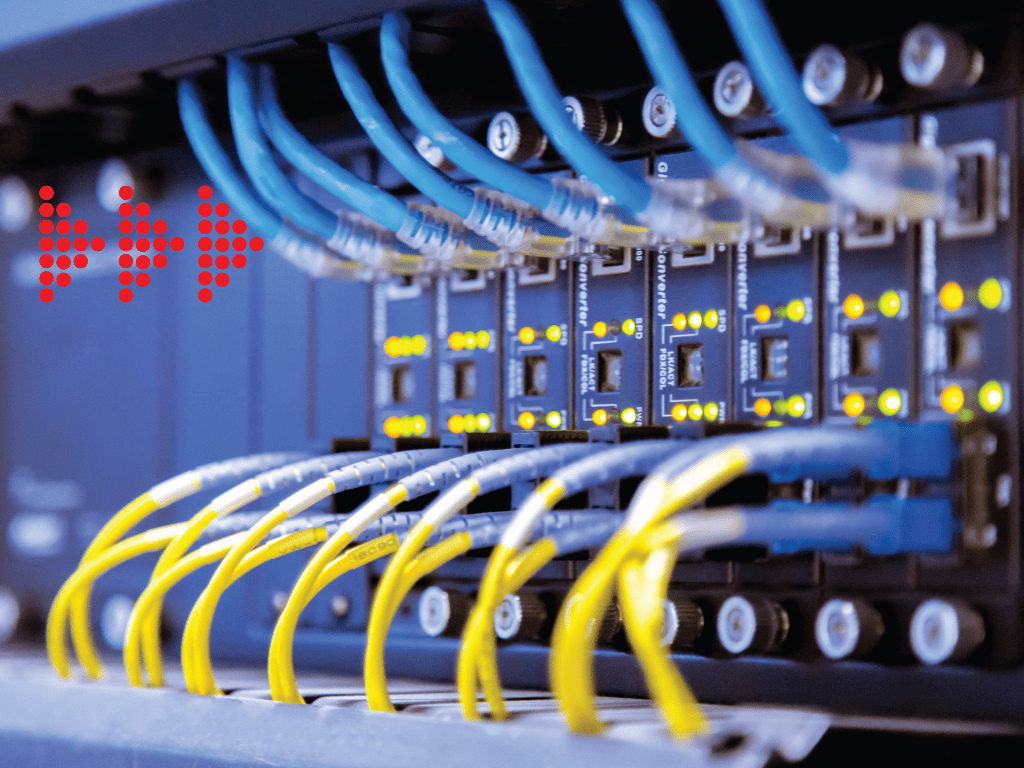When you hear someone talk about IP addresses do you feel as being a mess? This is normal. Mastering IP Subnetting is no joke but don’t despair: this ultimate ip subnetting cheat sheet will make the process less of a daunting mystery! This simple tutorial will help you gain confidence and the ability to unravel any confusing information about subnets. No matter if you are an experienced administrator of networks or a newbie, all network administrators should be able to comprehend IP basics of addressing and the way they function to ensure their networks function properly.

Subnetting of IPs is a critical capability for network administrators and IT professionals, which allows them to effectively manage and optimize network resources. To help you navigate the complexities of subnetting, we present the ultimate cheat sheet. This comprehensive guide, whether you are a novice or simply need a quick reminder provides you with all the knowledge you require and methods for IP subnetting.
I. Understanding IP subnetting:
IP subnetting is the process that divides a network into subnetworks or smaller networks to enhance the performance of the network and control IP address allocation. It involves creating logical divisions within a network and assigning unique IP addresses for each subnet. This ensures efficient data routing, while also improving security.
II. What’s the significance subnetting cheat sheets?
A subnetting cheatsheet can be a valuable tool for administrators of networks. The subnetting cheat sheet serves as a quick reference with essential formulas, subnetting rules and methods. It makes the process of subnetting more efficient and precise. This cheat sheet will save you time and will ensure accuracy when it comes to making subnetting calculations.
III. IP Subnet cheat sheet: the most important components:
1. Subnet mask: The subnet masque determines the network and host parts of an address. The cheat sheet is useful as a reference to identify the subnet by determining how many network bits are there.
2. Network Address: The network address is the basic address of a subnet. It determines the subnet’s position within the larger network.
3. Broadcast Address (also known as the broadcast address) It is the top-level address within subnets. It is used to transmit information to all devices connected to the subnet.
4. Host Range: The host range includes every valid IP address that can be assigned to devices within the subnet, but not the network and broadcast addresses.
5. CIDR Notation : The Classless Inter-Domain Router (CIDR) notation is the slash (/) that is followed by the number of bits on the network. The cheat sheet includes an conversion table that can be used for quick review.
IV. Subnetting Success Strategies and Tips
1. Subnetting by Hand: This cheat sheet provides steps-by-step directions for subnetting without the use of calculators or other tools to subnet. Understanding the basic concepts will allow you to tackle the subnetting challenge with confidence.
2. Variable Length Masking (VLSM). VLSM permits the allocation of subnets with different dimensions within a given network. The cheat sheet on subnets provides tips on how you can use VLSM effectively in order to maximize the assignment of IP addresses.
3. Binary to Decimal Conversion: Understanding binary-to-decimal conversion is vital to subnetting. This cheat sheet has the conversion chart along with tips to quickly convert binary numbers into decimal.
4. Subnetting Quick-Reference Chart This cheat sheet includes a subnetting table, which displays the number of bits of a network to the subnet masks that correspond to them, and also the number of networks hosts, subnets, and subnets.
5. Subnetting examples: This cheat sheet contains practical examples of subnetting and examples of problems. It lets you improve your understanding and to practice your abilities.
V. Benefits of Subnetting cheat sheets:
1. You can save time by making use of a cheat sheet to perform subnetting. It lets you quickly and efficiently complete subnetting calculation tasks.
2. Accuracy & Efficiency: The cheatsheet serves as a reference tool that can be relied upon to reduce the risk of errors in subnetting calculation and ensure efficient use network resources.
3. Learning Aid Cheat Sheet: The cheat sheet functions as a tool for learning, to help you comprehend subnetting concepts and techniques better. It enhances your understanding of the subject and allows you to apply subnetting concepts confidently.
IT professionals who have a thorough knowledge of IP Subnetting will be able to set up and manage IP Networks efficiently. You’ll have valuable insights on how to create subnets and control them, and then analyze them as needed. Although IP subnetting isn’t a requirement for a extensive understanding of the basic network concepts, studying the basics is essential to understand this powerful tool, which many IT experts use today. Training is the most important aspect of any IT skill. Spend the time to go through the IP Subnetting Cheat Sheet every day to build your knowledge of the subject matter. Good luck!